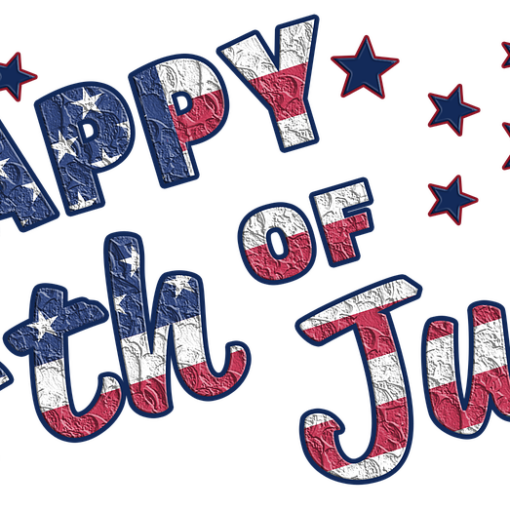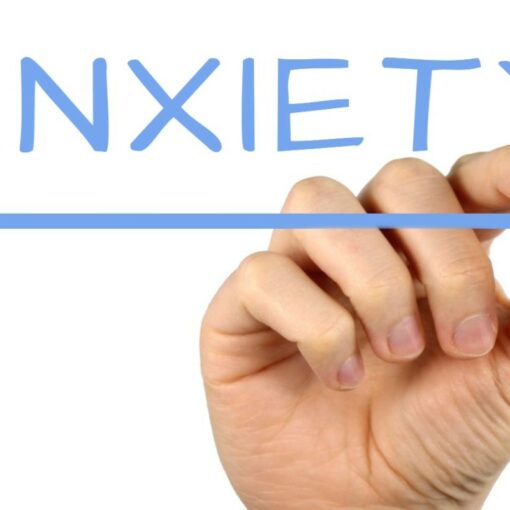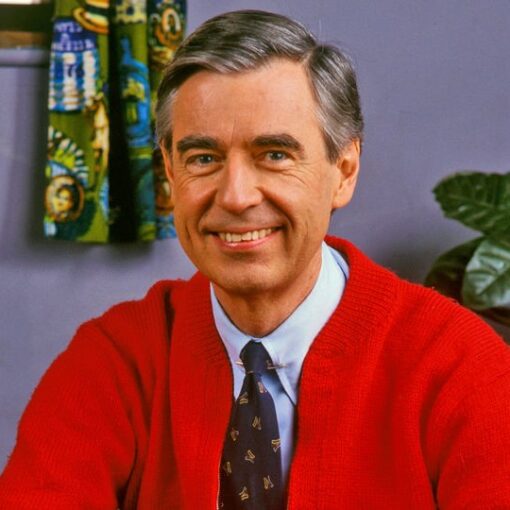Everything You Should Know About the Longest Day of the Year
Summer Days are here! Summer begins with the solstice on Friday, June 20, 2025, marking the astronomical first day of summer in the Northern Hemisphere. What exactly IS the summer solstice? Is it really the longest day of the year? Welcome the solstice with some interesting facts and folklore.
The June Solstice
In the Northern Hemisphere, the June solstice (aka summer solstice) occurs when the Sun travels along its northernmost path in the sky. This marks the astronomical start of summer in the northern half of the globe. (In the Southern Hemisphere, it’s the opposite: the June solstice marks the astronomical start of winter when the Sun is at its lowest point in the sky.)
When is the Summer Solstice?
The June solstice occurs on Friday, June 20, 2025, at 10:42 P.M. EDT.
This solstice marks the official beginning of summer in the Northern Hemisphere, occurring when Earth arrives at the point in its orbit where the North Pole is at its maximum tilt (about 23.5 degrees) toward the Sun, resulting in the longest day and shortest night of the calendar year. (By longest “day,” we mean the longest period of sunlight hours.) On the day of the June solstice, the Northern Hemisphere receives sunlight at the most direct angle of the year.




